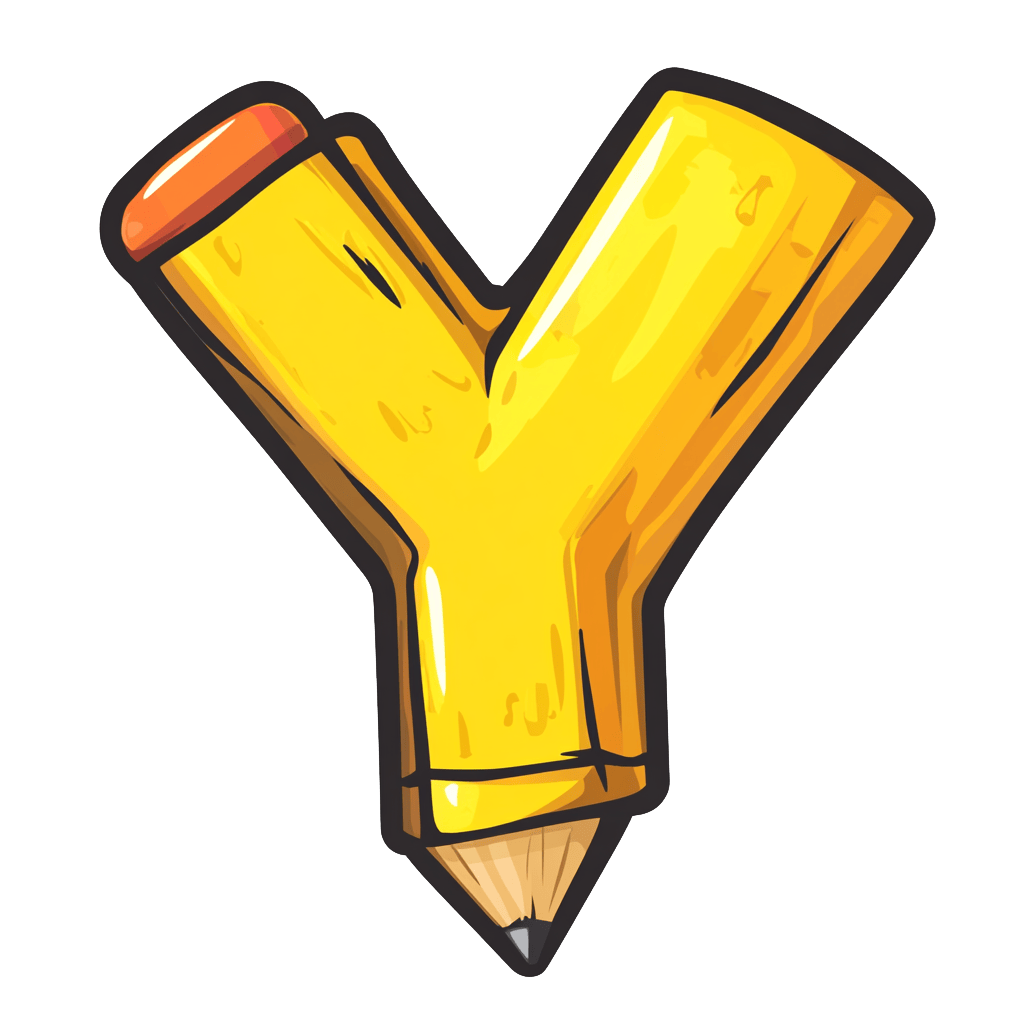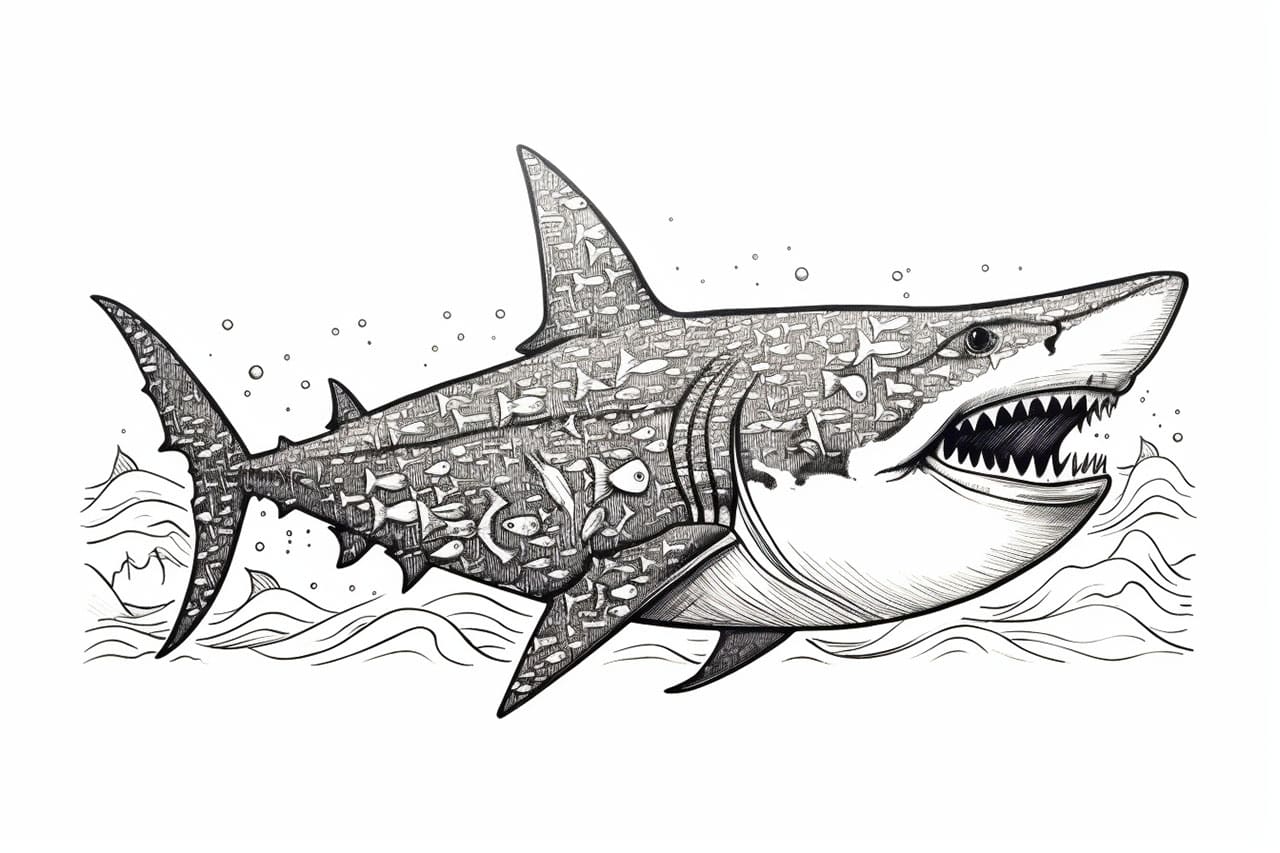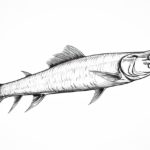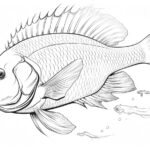
Welcome to an exciting journey into the world of drawing, where we’ll explore the breathtaking anatomy of one of history’s most formidable sea creatures: the megalodon! This ancient shark, known for its enormous size and awe-inspiring presence, has captured the imagination of many, from paleontologists to artists. In this detailed step-by-step guide, I’ll help you create a stunning and realistic depiction of this prehistoric predator, providing you with valuable insights and techniques that cater to artists of all skill levels.
Whether you’re just starting your artistic adventure or are a seasoned sketch artist looking to enhance your portfolio, this tutorial is designed with you in mind. Drawing a megalodon offers an excellent opportunity to hone your skills in capturing dynamic shapes, intricate details, and effective shading techniques. Each section of this guide will build upon the last, ensuring that you not only enjoy the process but also gain confidence in your ability as an artist.
So grab your drawing materials, and let’s plunge into the depths of creativity! Together, we’ll bring the awe-inspiring megalodon to life on your canvas, combining art with a touch of prehistoric intrigue. Get ready to unleash your imagination and create a masterpiece that pays homage to this legendary creature!
Materials Required
Before we begin, make sure you have the following materials ready:
- Drawing paper
- Pencil (preferably a range of H and B grades)
- Eraser
- Ruler
- Fine-tip marker or pen (optional)
Now that you have gathered all the necessary materials, let’s move on to the step-by-step instructions.
Step 1: Research and Reference
To accurately depict a megalodon, it is important to have a good understanding of its anatomy and features. Spend some time researching the shark’s various body parts, such as the size and shape of its head, body, fins, and teeth. Look for reference images or illustrations to guide you throughout the drawing process.
Step 2: Basic Shapes and Proportions
Begin by lightly sketching the basic shapes and proportions of the megalodon. Use simple geometric forms to outline the general structure of the shark’s body. Start with a large oval for the body and a smaller oval for the head. Add a trapezoid shape for the caudal fin, and rough outlines for the pectoral and dorsal fins.
Step 3: Refining the Outline
Using the basic shapes as a guide, refine the outline of the megalodon. Add more detail to the head, body, and fins, gradually shaping them according to your reference. Pay close attention to the curves and angles of the shark’s body to capture its dynamic and powerful presence.
Step 4: Adding Details
Now it’s time to add the distinctive features of the megalodon. Start by drawing the shark’s large, menacing eyes and the rows of sharp, triangular teeth. Pay attention to the placement and size of the teeth, as they play a crucial role in the shark’s character. Next, sketch the gill slits on the side of the head and add texture to the skin by drawing short, curved lines to represent the rough surface.
Step 5: Fins and Tail
Refine the shape of the pectoral, dorsal, and caudal fins, paying attention to their specific proportions and angles. The pectoral fins should be relatively large and triangular, while the dorsal fin should be tall and slightly curved. The caudal fin should have a distinct crescent shape, emphasizing the power and speed of the megalodon. Ensure all the fins are connected smoothly to the body.
Step 6: Shading and Texture
To add depth and dimension to your drawing, it’s time to add shading and texture. Identify the primary light source in your composition and determine the areas of light and shadow accordingly. Use your pencil to gradually build up layers of shading, paying attention to the shark’s body contours and the texture of its skin. Add darker values to areas that are in shadow and lighter values to areas that catch the light.
Step 7: Final Details
In this step, you can refine any areas that need further attention. Focus on adding small details, such as wrinkles or scars, to give your megalodon drawing more character and realism. Take your time to observe and adjust any parts that don’t look quite right.
Conclusion
Congratulations on completing your megalodon drawing! By following these step-by-step instructions and using your reference materials, you have created a stunning representation of this ancient shark. Remember, practice is key to improving your drawing skills, so don’t be discouraged if your first attempt isn’t perfect. With time and perseverance, you will continue to develop your artistic abilities. Happy drawing!
Gallery of Megalodon Drawings
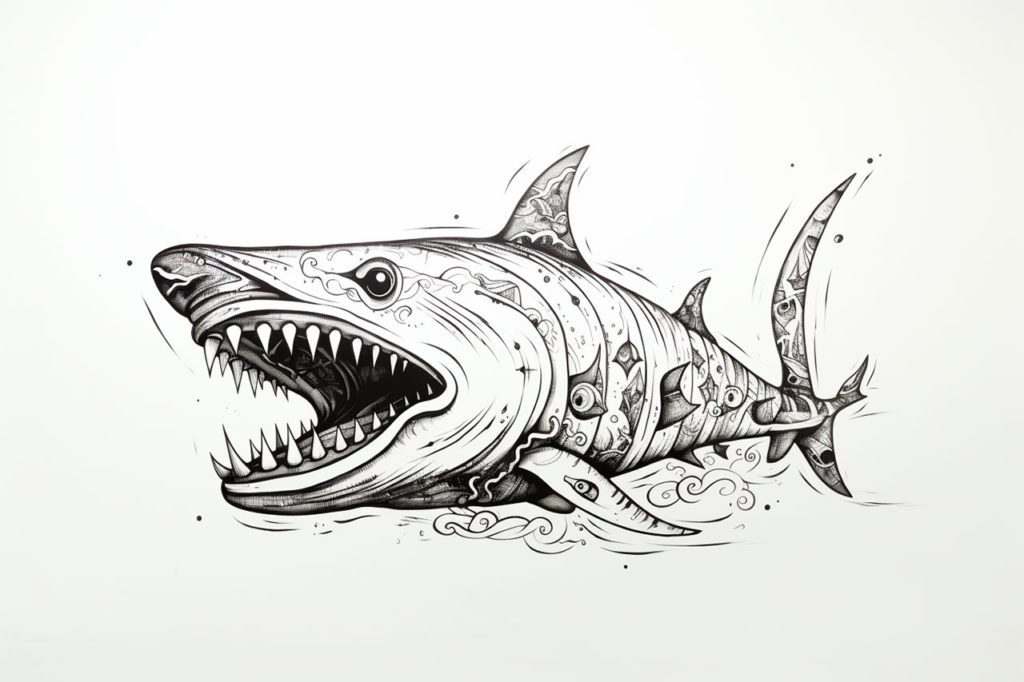
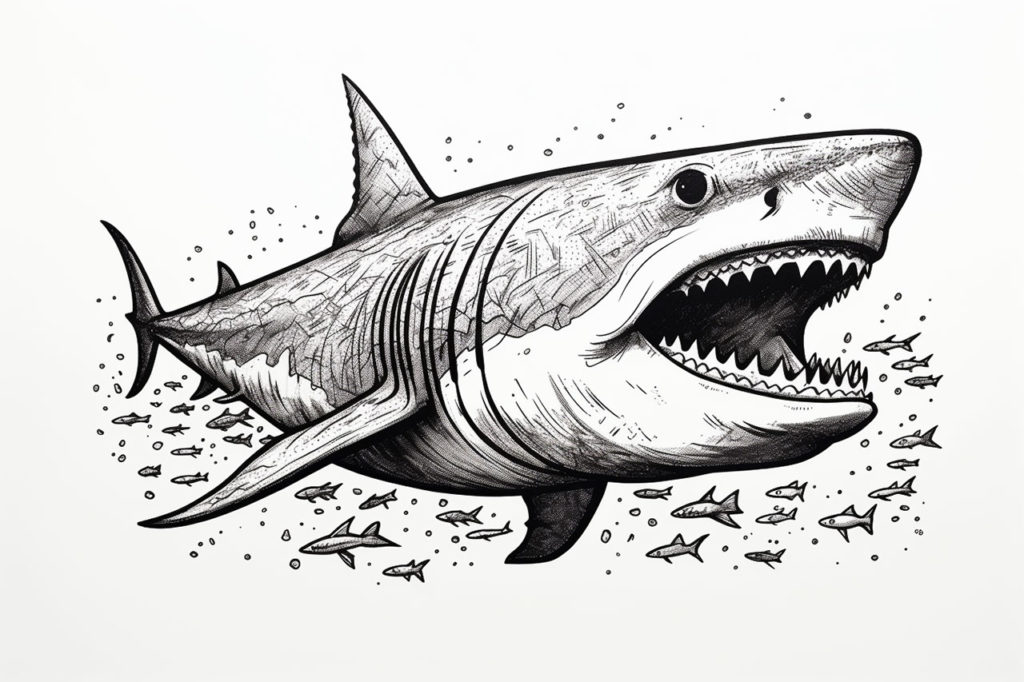
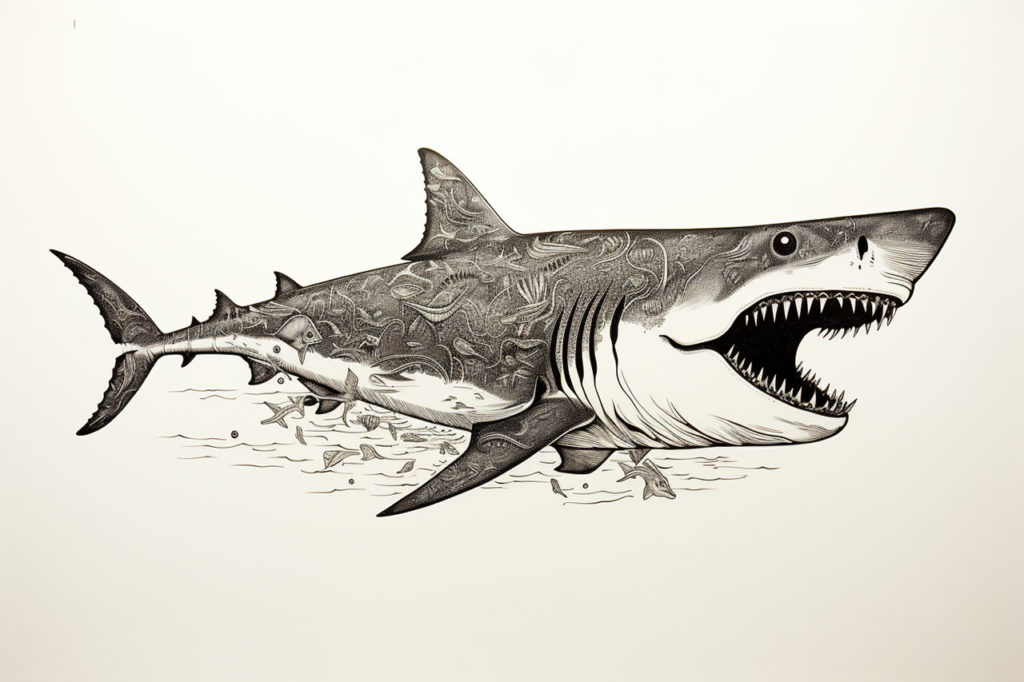
Fun Facts About Megalodons
- The megalodon was one of the largest predators to ever roam the Earth, thriving in the oceans about 23 to 3.6 million years ago.
- Its name, “megalodon,” means “big tooth,” which is fitting as its teeth could reach over 7 inches in length.
- Megalodons are estimated to have been around 40 to 60 feet long, nearly the size of a semi-truck and much bigger than the great white shark.
- The scientific community believes that megalodons had a bite force of about 40,000 pounds, capable of crushing through the bones and shells of their prey.
- Evidence suggests megalodons fed on large marine mammals, such as whales and seals, and their fossilized teeth have been found worldwide.
- Despite the fascination with megalodons, they are thought to have gone extinct due to a combination of cooling ocean temperatures and reduced food supply.
- Megalodon teeth are often found fossilized and were historically mistaken for petrified dragon tongues.
- There are no known intact skeletons of megalodons, so much of what we know comes from their teeth, vertebrae, and comparisons to modern-day sharks.
- Megalodons were once thought to be related closely to the great white shark, but recent studies suggest a closer relation to the mako sharks.
- Interest in megalodons has surged due to popular media, including movies and documentaries that explore their size, power, and mystery.
Suggestions for Scenes and Settings for Megalodon Drawings
- Ancient Ocean Chase: Illustrate megalodons in pursuit of prehistoric whales, through vibrant, teeming ancient seas.
- Teeth of Legend: Focus on a dramatic close-up of a megalodon tooth embedded in ocean sediment, with colorful fish swimming by.
- Megalodon Nursery: Picture a shallow coastal region where juvenile megalodons swim among smaller marine life and kelp forests.
- Beach Fossil Discovery: Show a scene of amazed beachgoers finding a fossilized megalodon tooth washed ashore on a sunny day.
- Beneath the Surface: Create a mysterious underwater cave where lurking shadows suggest the open maw of a megalodon ready to ambush.
- Time Dive: Imagine a modern-day diver encountering an apparition of a megalodon spirit from the deep, among corals and ancient shipwrecks.
- Megalodon Museum Exhibit: Draw a bustling museum scene featuring a massive megalodon jaw display, complete with kids taking photos inside its mouth.
- Apex Predators: Illustrate a lively underwater competition with megalodons and early sea creatures, highlighting dynamics of ancient marine ecosystems.
